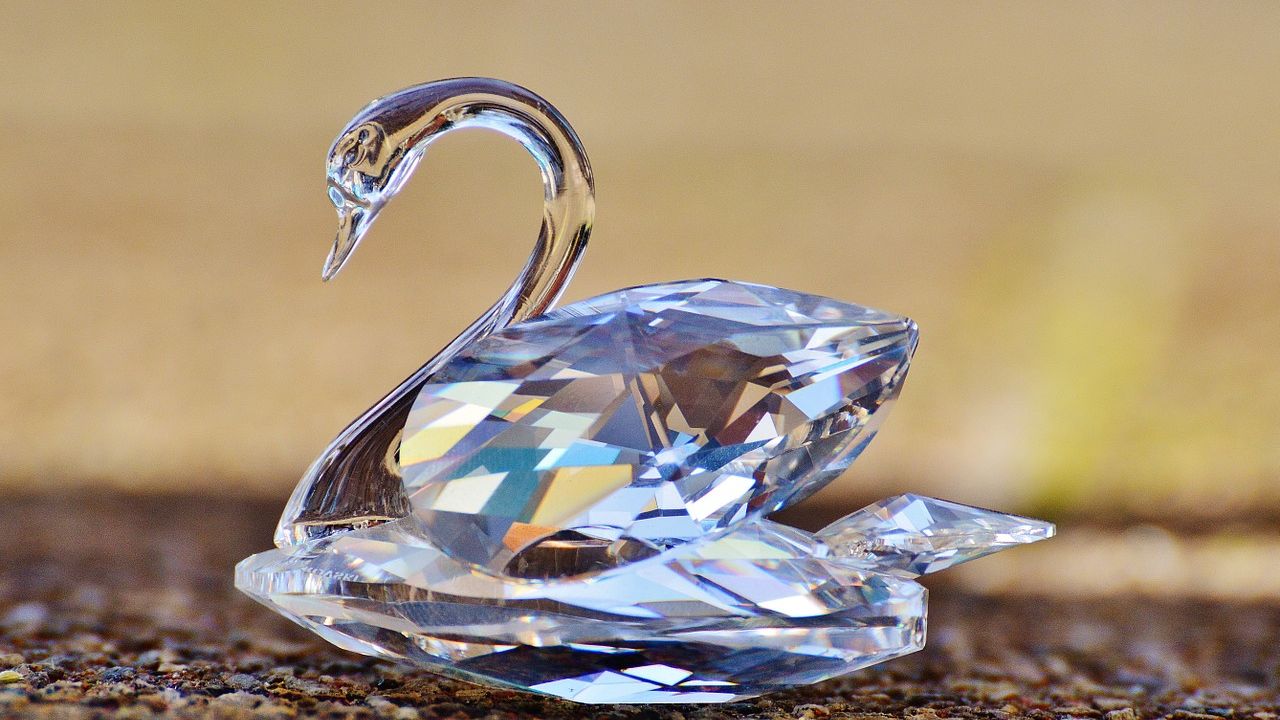Daniel Swarovski started the renowned Austrian glass firm Swarovski in 1895, and it has remained in the family ever since. The firm has a rich history spanning over a century and is a global powerhouse with a diverse product line that includes crystal glass, jewellery, timepieces, optical equipment, and more. Historical background, leadership changes, technical developments, cultural impact.And several business divisions are just a few of the various facets of Swarovski’s history that this page delves into.
The Swarovski Crystal Business:
An enormous part of Swarovski’s activities, the Swarovski Crystal Business is what makes the firm tick. Thanks to its 3,000+ retail outlets in 170+ countries and its renowned excellent goods and workmanship, The Crystal Business has become a global symbol. As proof of their exceptional influence in the crystal sector, Swarovski earned an unprecedented 2.7 billion euros in 2018.
Swarovski Optik and Tyrolit:
Swarovski Optik broadens Swarovski’s expertise to include optical devices, in addition to crystal. Binoculars, telescopic sights for weapons, and telescopes are all products of this category. Another vital industry, Tyrolit, is known for its innovative. And multipurpose instruments for grinding, sawing, drilling, and dressing.
Leadership Dynamics:
Robert Buchbauer’s appointment in April 2020 was a watershed moment in the intricate network of Swarovski’s leadership. With the transition to a new era as CEO, Buchbauer—the great-great-grandson of creator Daniel Swarovski—took the helm. But the tranquilly was shattered in late 2021 when Buchbauer and CFO Mathias Margreiter resigned due to shareholder conflicts over reorganisation plans. The appointment of Michele Molon as temporary CEO and Frederik Westring as chief financial officer were also components of the shift.
Historical Footprints:
When looking at the bigger picture, it’s interesting to see how the Its family’s history of National Socialism reveals something about the company’s legacy. Swarovski undertook a strategy of diversification and expansion in order to weather the Nazi period. Despite the fact that six family members held unlawful party memberships before Austria’s 1938 annexation, this was nonetheless the case.
Generational Shifts:
Even though the fifth generation of the Swarovski family is still running the show, there was a major shakeup in the company’s upper management in 2022. For the first time in its glorious history, key positions were filled by someone outside the family, signalling a purposeful move towards modernity and professionalism.
The Artistry of Swarovski Glass:
Melting a precisely measured combination of quartz sand, soda, potash, and other components at very high temperatures produces the world-famous crystal glass that is so essential to the Swarovski brand. In 2012. The company made a significant change to conform to the evolving industry requirements by transitioning to lead-free production of crystal glass.
Innovations in Crystal Technology:
An excellent illustration of the company’s commitment to innovation is the groundbreaking method it developed to maintain the lustre and sparkle of crystals without the usage of lead dioxide. Launching their proprietary Xilion cut optimisation tool for Roses and Chatons in 2004.Swarovski took a significant step towards cementing its position as a pioneer in crystal craftsmanship.
Diversified Business Portfolio:
Beyond its original focus on the optical and crystal industries, Swarovski has expanded its impact to a broad range of other sectors. Part of what makes the Swarovski Group so adaptable and multipurpose is the fact that it includes Tyrolit, Swareflex, Swarovski Gemstones, and Swarovski Optik. Through partnerships with renowned luxury designers, exquisite jewellery collections, architectural marvels, and luxurious home furnishings have been created.
Cultural Impact and Collaborations:
Its influence extends well beyond its core business areas. Since its founding a century ago, the Communications and Branding Business of Swarovski has skillfully integrated Swarovski crystals into the realms of cinema, theatre, and fashion presentation. By teaming up with famous high-end designers. Swarovski has been able to elevate the standard of its wares and solidify its place in popular culture.
Swarovski’s Watchmaking and Fragrance Endeavors:
With its 1999 foray into high-end clocks, Swarovski’s expanded its product portfolio and elegantly encapsulated the essence of timekeeping. Fragrances were the next natural step for the business. And they created a variety of solid and liquid perfumes that reflected the elegant design of their crystal items.
Crystal Worlds Museum and Crystal-Themed Ventures:
In their “Swarovski’s Kristallwelten (Crystal Worlds)” exhibition, Swarovski’s proudly displays their commitment to showcasing the creative and aesthetic potential of crystals. This museum showcases the brand’s dedication to cultural enrichment by taking visitors on an enthralling journey across Swarovski’s universe. Active-Crystals, Atelier Swarovski, Chamilia, Swareflex, Swarovski Crystal Palace, Gemstone Business, Tyrolit, Touchstone Crystal, and figures. And products are only a few of the many ventures into which Swarovski has ventured.
Conclusion:
The legacy of Swarovski family, innovation, and impact are the last chapters of their narrative. The corporation has overcome historical challenges .Embraced technical advances. And diversified its business portfolio from its modest origins in 1895 to its present position as a worldwide powerhouse. It represents the kind of innovative brilliance, classic taste. And dedication to quality that lasts through many generations despite the fact that everything is always changing.
